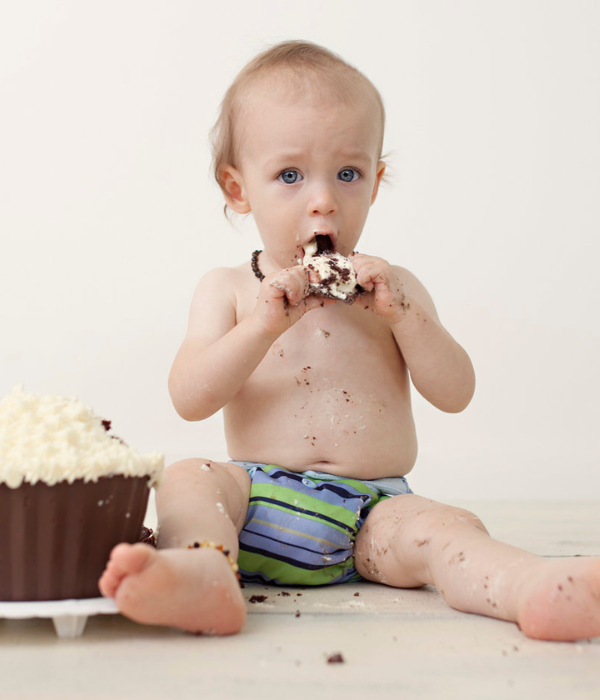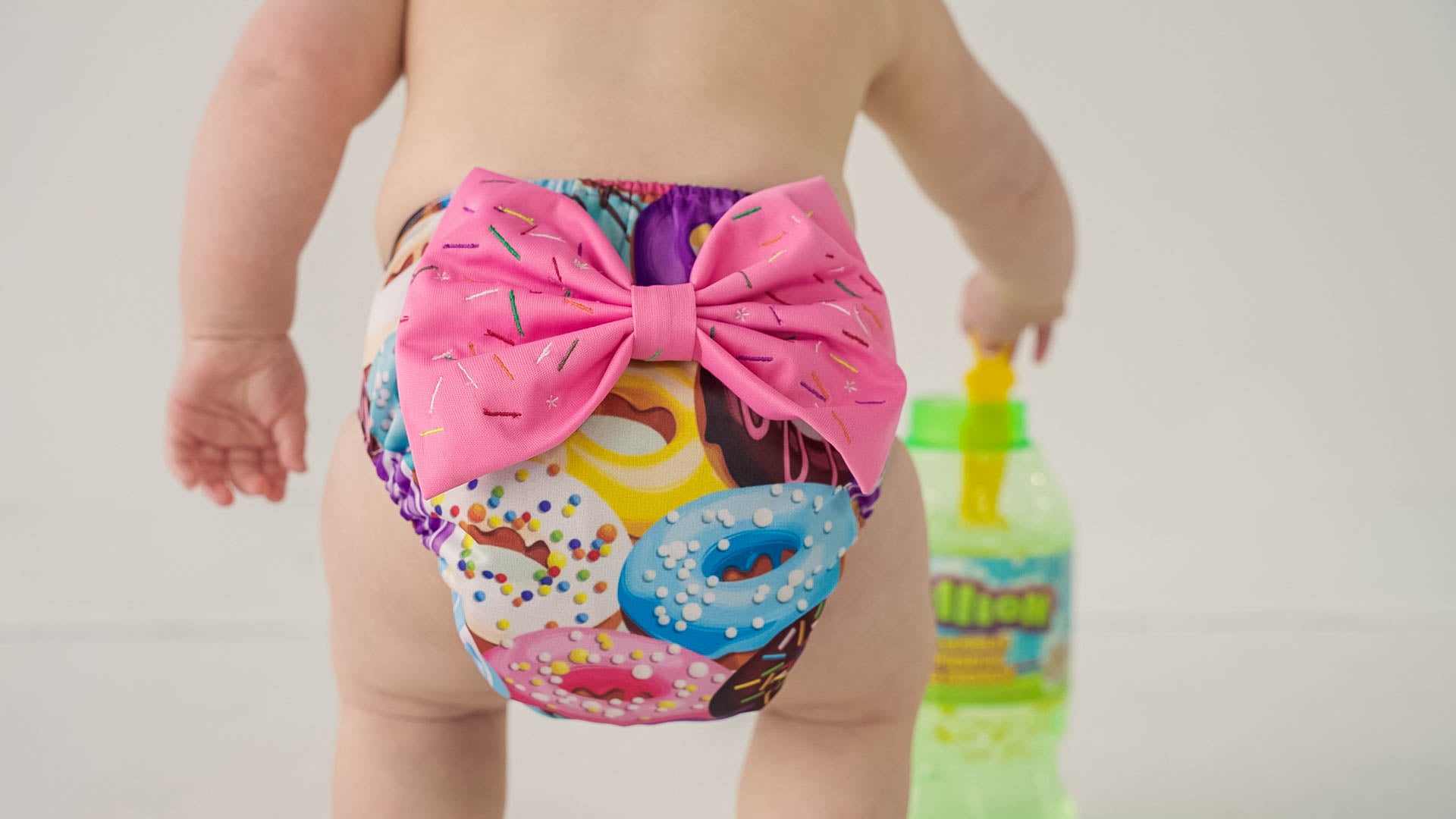Cloth Diapering 101: A Guide for New Parents
If you're a new parent, the world of cloth diapering can seem overwhelming. With so many different terms and options to choose from, where do you even start? Don't worry - we're here to help. In this guide, we'll cover some of the basic terms you need to know to get started with cloth diapering.
Diaper Covers: A diaper cover is a waterproof cover that goes over the cloth diaper to prevent leaks. You can choose from a variety of materials, including PUL, wool, or fleece. Diaper covers come in different sizes, so make sure to choose one that fits your baby snugly to prevent leaks.
Diaper Rash Cream: Cloth diapering can help prevent diaper rash, but if your baby does get a rash, you'll want to use a diaper rash cream that is safe for cloth diapers. Look for a cream that is free of zinc oxide and petroleum, as these can build up on the fabric and cause repelling.
Diaper Pails: A diaper pail is a container that you use to store your dirty cloth diapers until laundry day. You can choose from a variety of options, including wet bags, hanging pails, or even a regular trash can with a lid. Just make sure to keep your pail away from your baby's reach to prevent any accidents.
Soaker Pads: Soaker pads are the absorbent layers of your cloth diaper. They come in different materials, such as microfiber, cotton, or bamboo. You can choose from different thicknesses depending on your baby's needs.
Now that you know some of the basic terms, you might be wondering - why choose cloth diapering over disposable diapers? Cloth diapering is not only better for the environment, but it can also save you money in the long run. According to the Real Diaper Association, parents can save up to $2,000 per child by using cloth diapers instead of disposables.
In addition to the cost savings, cloth diapers are also better for your baby's skin. Disposable diapers contain chemicals that can irritate your baby's sensitive skin, while cloth diapers are made from natural materials that are gentle on your baby's skin.
We hope this guide has helped you get started with cloth diapering. Remember, every family's journey is different, so don't be afraid to experiment and find what works best for you and your baby. Happy diapering!



Leave a comment
This site is protected by hCaptcha and the hCaptcha Privacy Policy and Terms of Service apply.